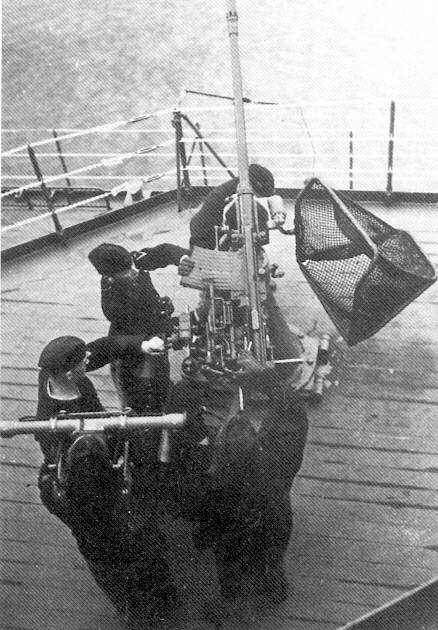
Not to be confused with the Oerlikon 20 mm gun used by the Allies, these German 2 cm weapons were manufactured by Rheinmetall. The Rheinmetall design was developed from an earlier Solothurn weapon, the ST-5. Both the C/30 and the C/38 guns were fully automatic.
The C/30 model was prone to jamming and used a small magazine (20 rounds) which meant frequent pauses for reloading. The later C/38 was a much improved short-recoil weapon which also used a 20-round magazine. Some sources say that a 40-round magazine was later introduced for this gun.
In the mid-1930s Mauser developed for the Navy a tri-axial quad mounting using the C/30 guns. This mounting had a layer and pointer located in front of the guns with a cross-roll operator located behind the guns (see photographs below). Unofficially known as the C/35 after the Flakvisier 35 gunsight, production of this design was taken over by Rheinmetall. A very successful variation of this weapon was the 2 cm Flak C/38 auf Vierlingslafette C/38 which replaced the C/30 guns with C/38 guns. A simplified bi-axial quad mounting developed for the Army was designated as the Flakvierling 38. This mounting used C/38 guns and had a single gunner located behind the guns who controlled both traverse and elevation. This design with a modified mounting for shipboard use was also used by the Navy.
As introduced, these were effective weapons, but by the later part of the war, aircraft had become faster and better protected which reduced the effectiveness of 20 mm guns.
| Designation | 2 cm/65 (0.79") C/30
2 cm/65 (0.79") C/38 |
|---|---|
| Ship Class Used On | Almost all |
| Date Of Design | 1930 / 1938 |
| Date In Service | 1934 / 1940 |
| Gun Weight | C/30: 141 lbs. (64 kg)
C/38: 129 lbs. (57.5 kg) |
| Gun Length oa | 88.7 in (2.2525 m) |
| Bore Length | 51.2 in (1.300 m) |
| Rifling Length | 46.7 in (1.159 m) |
| Number Of Grooves | (8) 0.0128 in deep x 0.205 in (0.325 mm x 5.2 mm) |
| Lands | 0.104 in (2.65 mm) |
| Twist | Uniform RH 1 in 36 |
| Chamber Volume | 2.93 in3 (0.048 dm3) |
| Rate Of Fire | C/30
280 rounds per minute cyclic 120 rounds per minute practical C/38
|
| Type | Fixed |
|---|---|
| Weight of Complete Round | 0.71 lbs. (0.320 kg) |
| Projectile Types and Weights 1 2 | AP-T: 0.326 lbs. (0.148 kg)
HE-I: 0.265 lbs. (0.120 kg) HE-T: 0.256 lbs. (0.116 kg) 3 |
| Bursting Charge 4 | AP-T: 0.007 lbs. (3.0 gm) Np 15 (PETN)
HE-I: 0.013 lbs. (6.0 gm) Np 15 (PETN) + 0.044 lbs. (20.0 gm) Incendiary HE-T: 0.013 lbs. (5.9 gm) Np 15 (PETN) |
| Projectile Length | 3.1 in (7.85 cm)
Complete Round: 8.99 in (22.8 cm) |
| Propellant Charge | 0.265 lb. (0.120 kg) RPC/38 |
| Cartridge Case Type, Size and Empty Weight | Brass, 20 x 138B mm, 0.41 lbs. (0.186 kg) |
| Muzzle Velocity | AP-T: 2,625 fps (800 mps)
HE-I: 2,870 fps (875 mps) HE-T: 2,870 fps (875 mps) |
| Working Pressure | 17.8 tons/in2 (2,800 kg/cm2) |
| Approximate Barrel Life | 20,000 - 22,000 rounds |
| Ammunition stowage per gun | 2,000 rounds 5 |
- ^There were many different kinds of ammunition for these weapons. The ones listed above are meant to be representative, but by no means is this a complete listing.
- ^
Actual German designations AP-T 2 cm Pzgr. L'spur HE-I 2 cm Br. Spgr. L'spur. HE-T 2 cm Spgr. L'spur. - ^Early tracer burned for 5.5 seconds for an altitude of about 6,550 feet (2,000 m). Later tracer burned for 6.0 seconds for an altitude of about 7,220 feet (2,200 m).
- ^Burster weights (reiner Sprengstoff) for World War II projectiles from M.Dv. Nr. 198.
- ^Outfits were about 75% HEI and 25% API.
- The sources listed below differ as to the ammunition weights, muzzle velocities, propellants and ranges. I have chosen to use those given in "German Destroyers of World War Two" and in TM E 9-9228.
| Elevation | Distance |
|---|---|
| 45 degrees | 5,360 yards (4,900 m) |
| AA Ceiling @ 85 degrees | 12,140 feet (3,700 m) |
| Designation | Single Mount for C/30 and C/38: Sockel C/30
Twin Mount for C/38: Flakzwilling C/38 Quad Mount with C/30 guns: Flak C/35 1a 2a 3a 4a Quad Mount with C/38 guns: Flak C/38 auf Vierlingslafette C/38 Army Type Quad Mount adapted for Naval use: Flakvierling C/38 U-boat twin mount: C/30/37 U-boat twin mount: LM44U 5a U-boat quad mount: Vierlingslafette 38/43U S-boat single mount: L41 |
|---|---|
| Weight | Sockel C/30 with C/30 gun: 926 lbs. (420 kg)
Sockel C/30 with C/38 gun: 917 lbs. (416 kg) Quad Mount Flak 35: 4,740 lbs. (2,150 kg) LM44U: 7,937 lbs. (3,600 kg) L41: 1,100 lbs. (500 kg) Others: N/A |
| Elevation 6a | Single Mount: -11 / +85 degrees
Twin Mount Flakzwilling: N/A Quad Mount Flak 35: -10 / +90 degrees LM44U: -10 / +78 degrees L41: -10 / +85 degrees |
| Elevation Rate | All except LM44U: Manually operated, only
LM44U: 30 or 60 degrees per second |
| Train | 360 degrees |
| Train Rate | All except LM44U: Manually operated, only
LM44U: 30 degrees per second |
| Gun recoil | N/A |
- ^The gunners for the quad mounts had two foot pedals which fired one gun in each pair. To save ammunition, one pair could be fired at a time until they ran out of ammunition. The gunner could then switch to the second pair while the first pair were being reloaded. All four guns could be fired by depressing both pedals.
- ^The Naval C/35 quad mounts were tri-axial stabilized and differed from the Army C/38 version by having both an azimuth and an elevation setter, with both crewmen located in front of the mount. There was also a cross-angle setter, who manned a large handwheel on the rear of the mounting which was used to compensate for the rolling and pitching of the ship.
- ^The Flak C/35 mounting was originally equipped with C/30 guns but later models were given C/38 guns.
- ^In the quadruple mountings, distance between gun axes was 67.4 cm (26.5 inches) horizontally and 28 cm (11.0 inches) vertically.
- ^The LM44U had hydraulic training and elevation controlled by a joy-stick. Foot pedals operated the triggers.
- ^The Army Flakvierling C/38 carriage had an elevation range of -10 / +110 degrees.
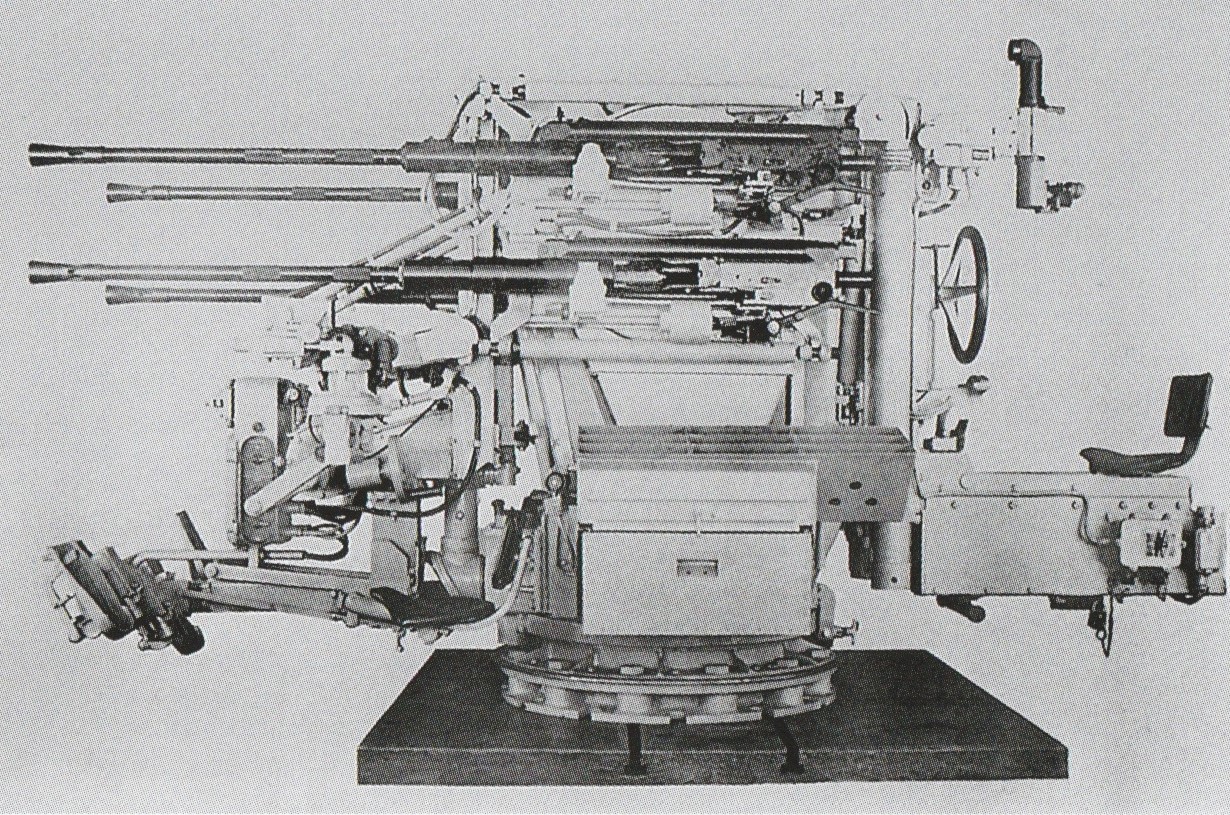
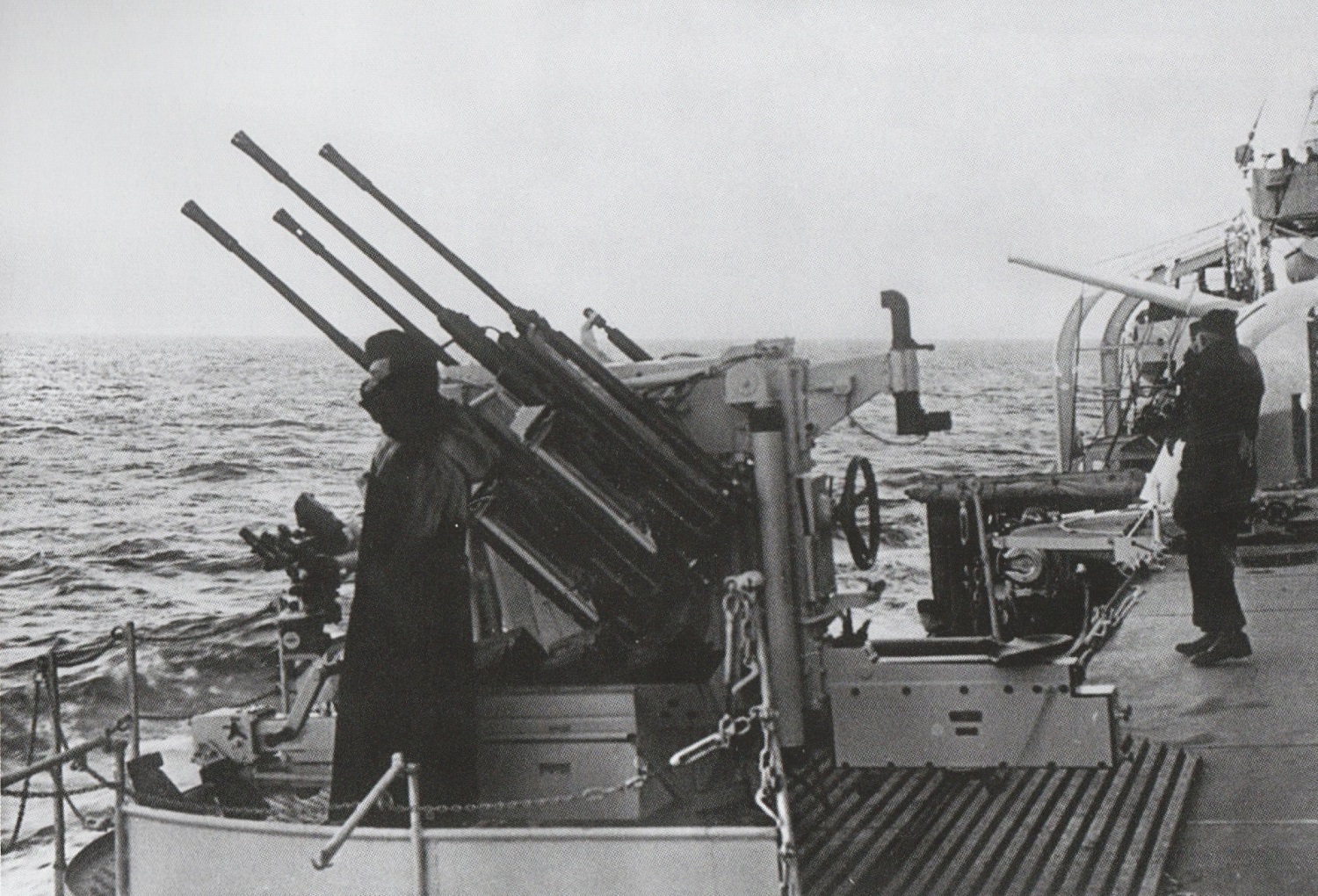
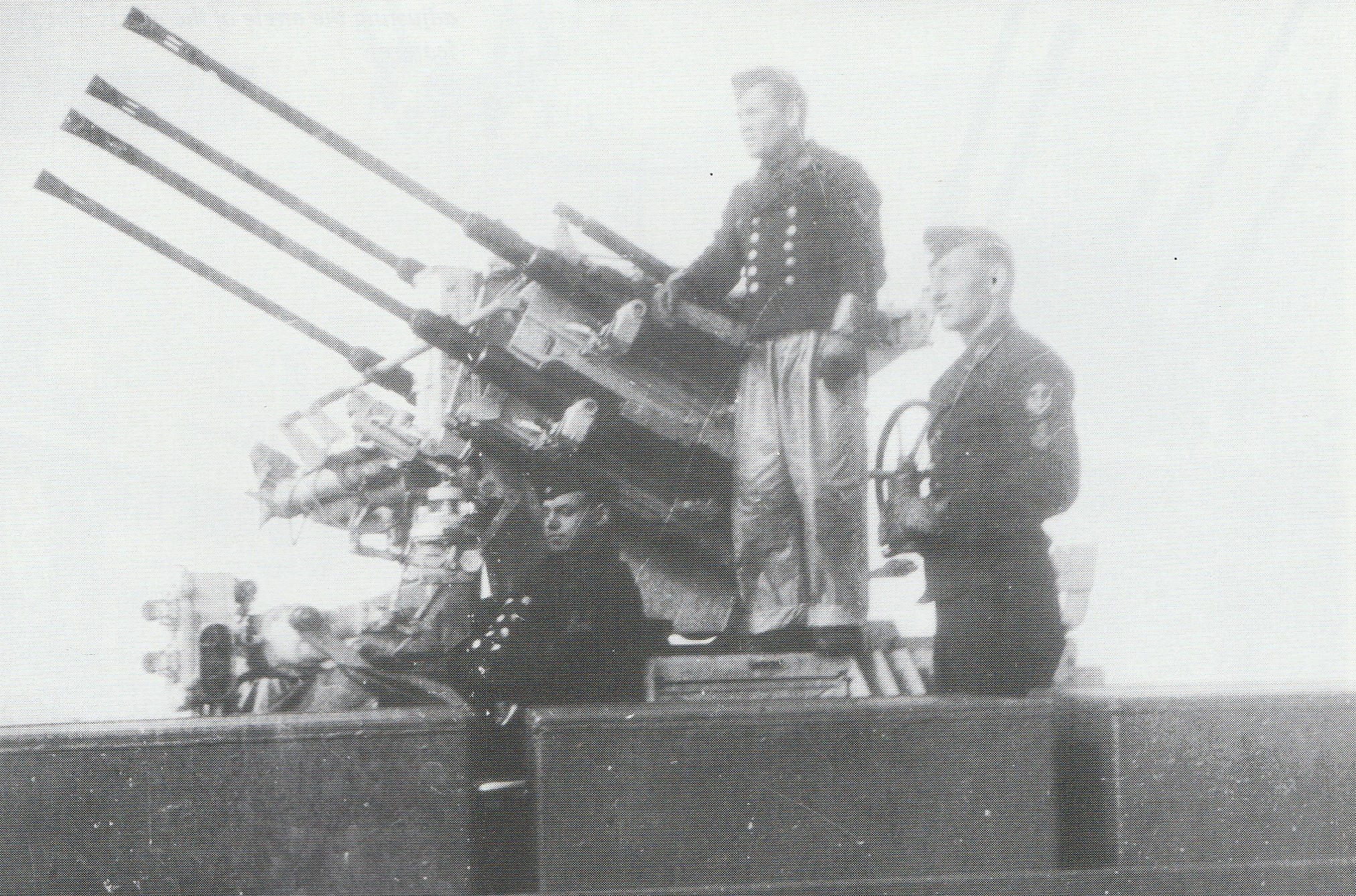
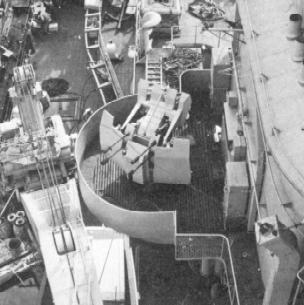
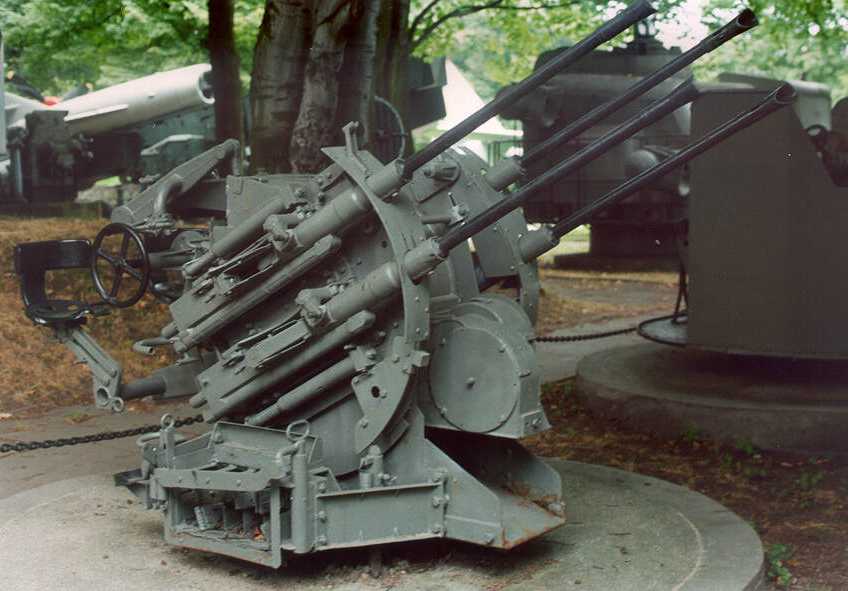
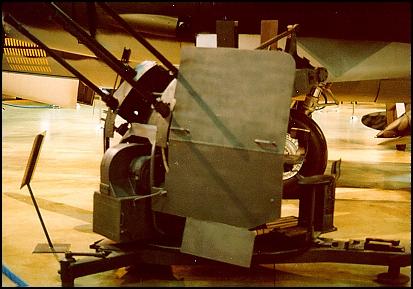
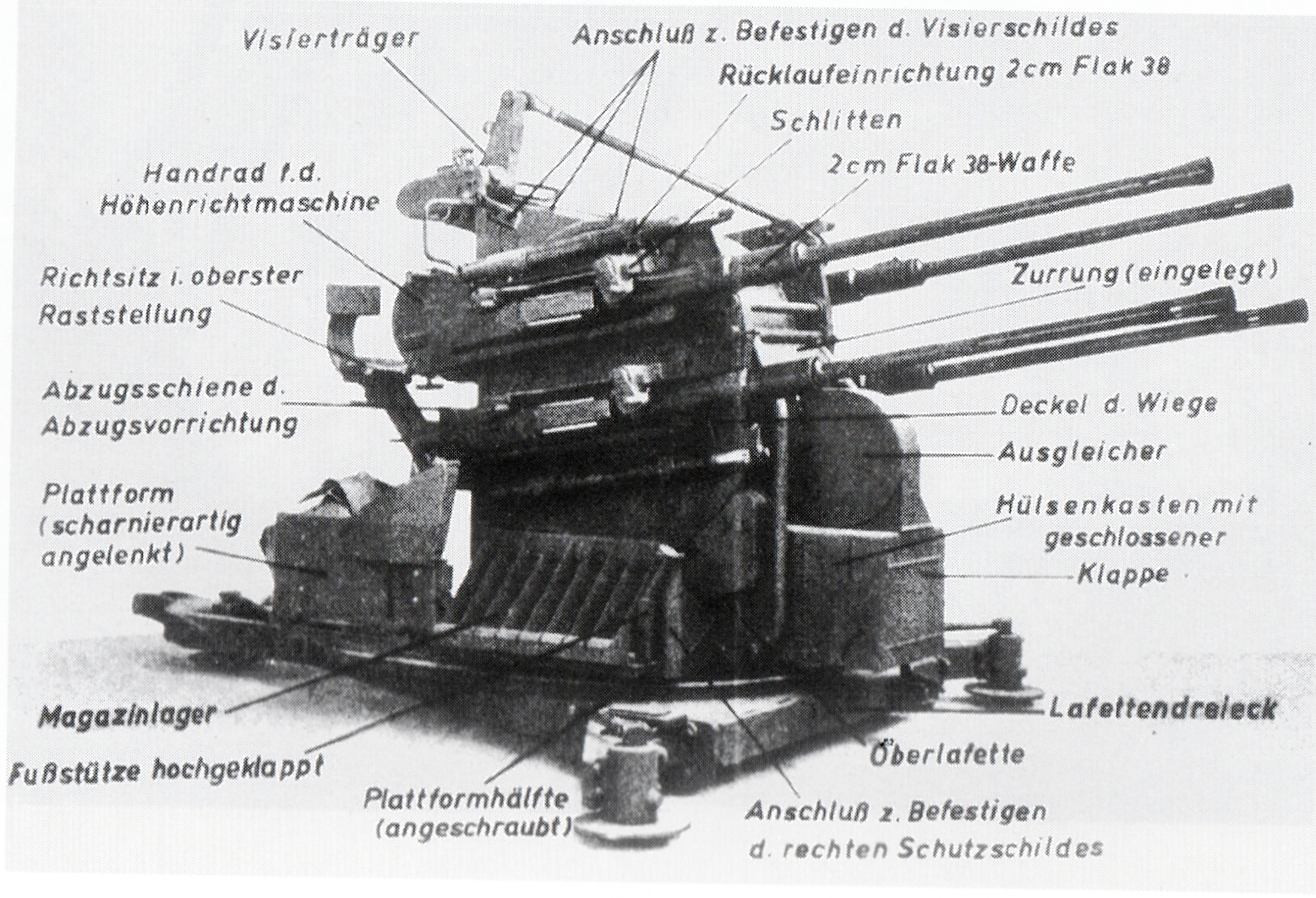
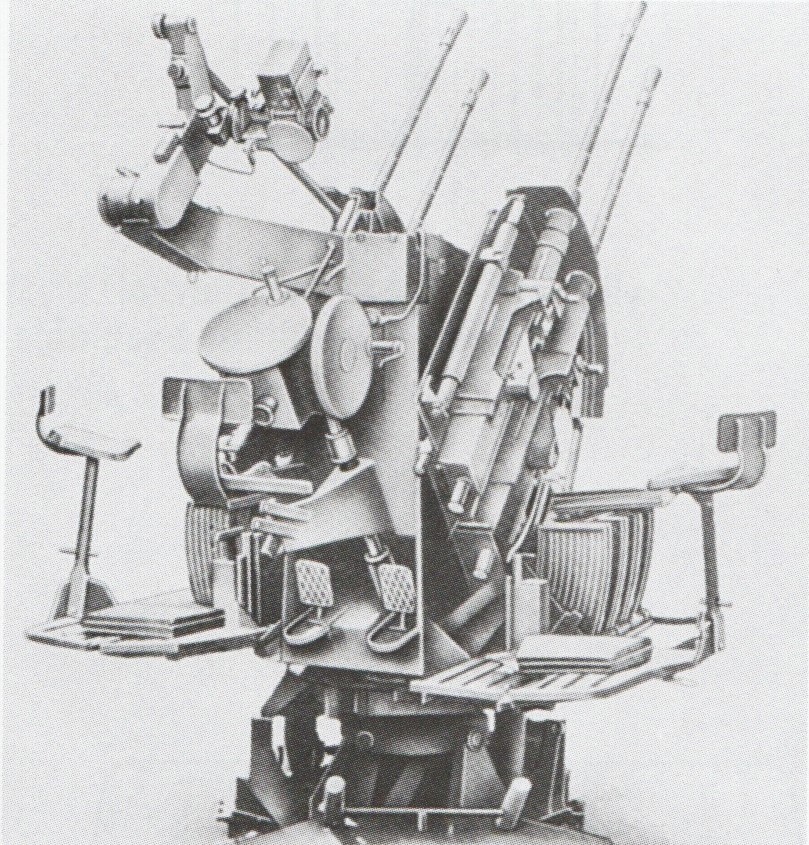
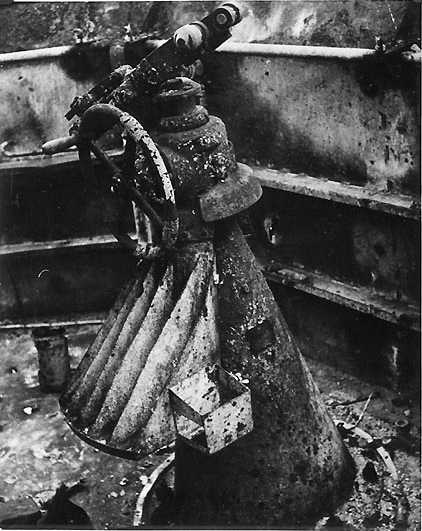
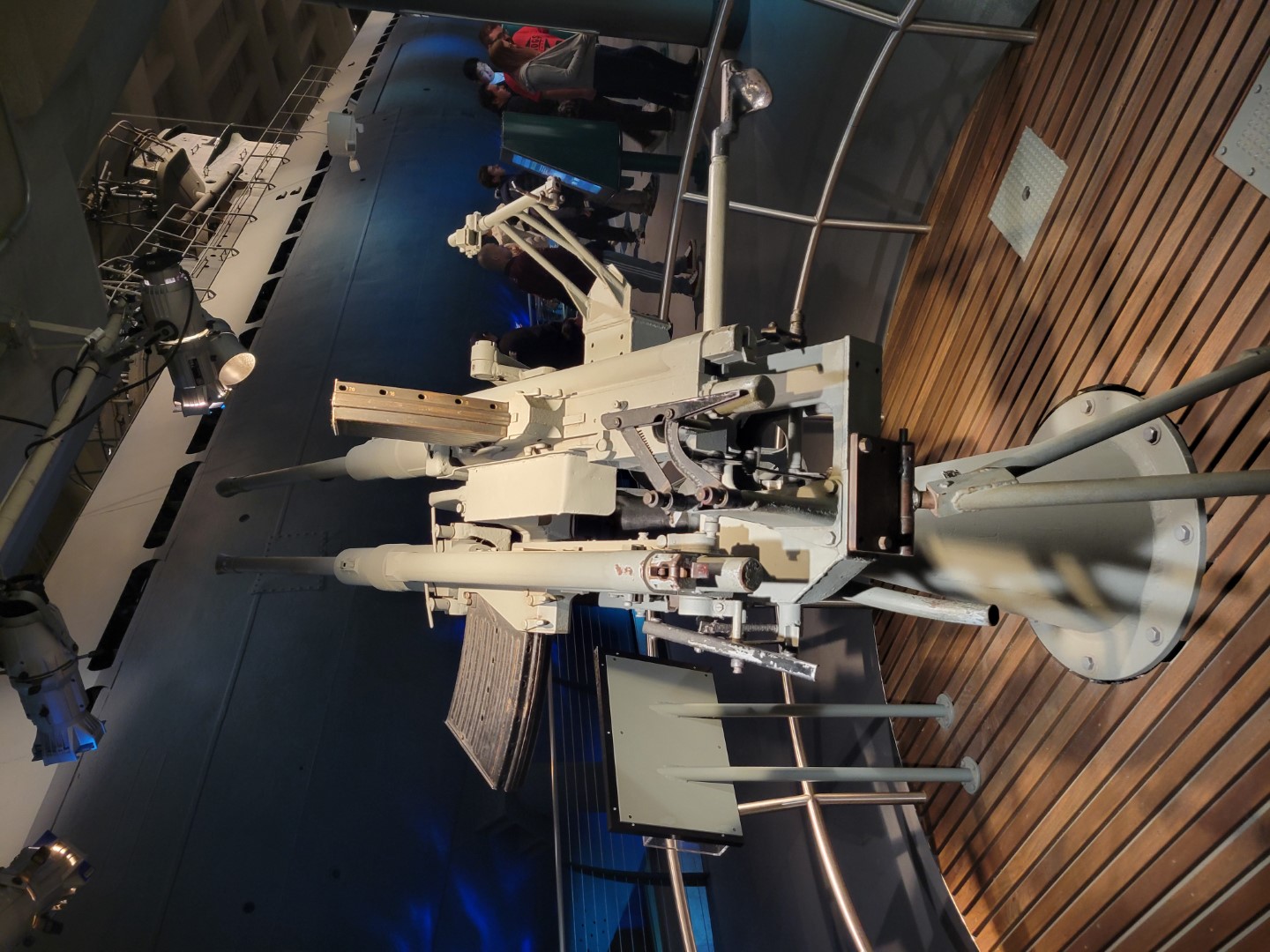
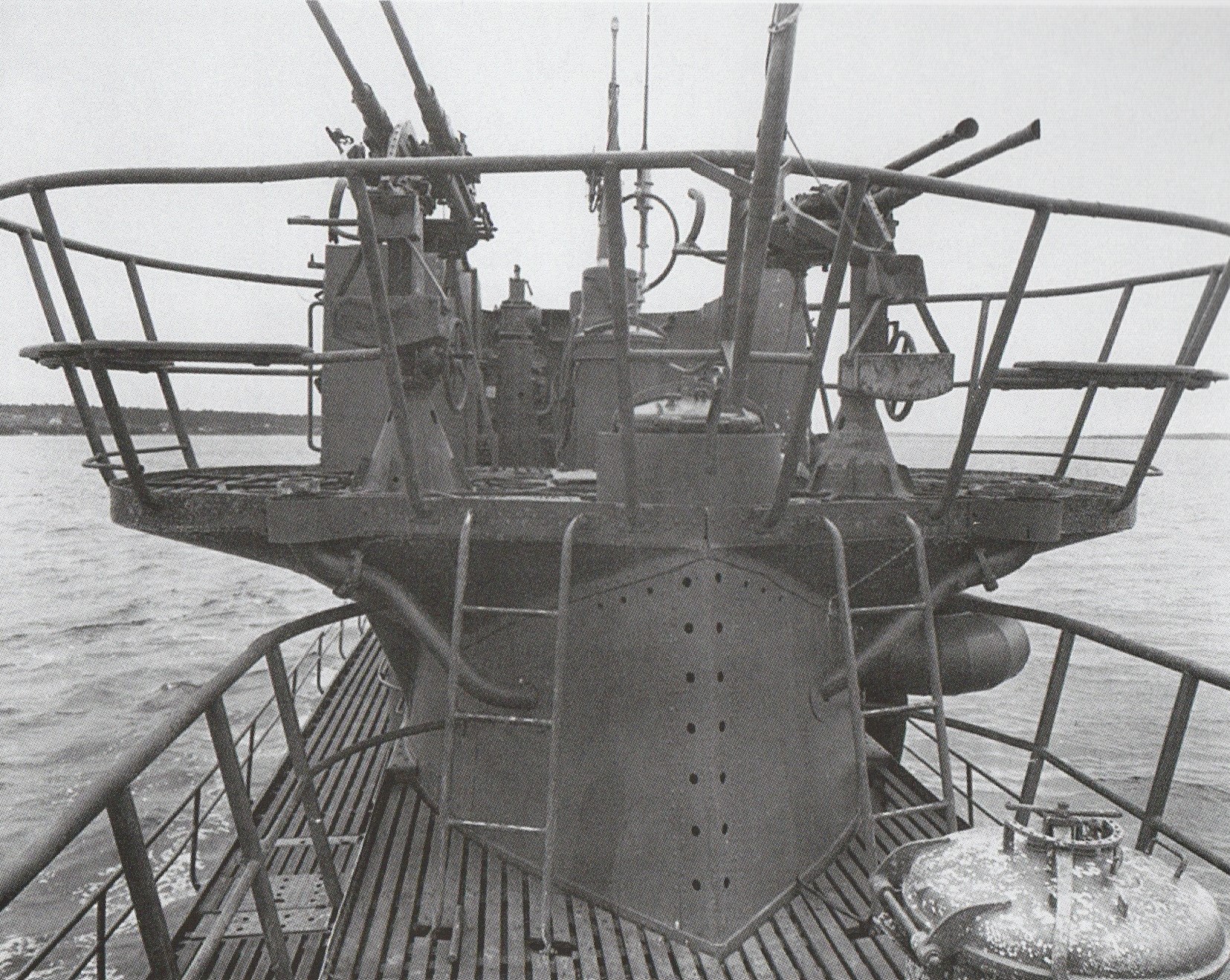
The Vickers Photographic Archive
See photograph numbers 0203 and
0204. Although identified by Vickers
as a 3.7 cm gun, I believe that these photographs are actually of a 2 cm gun.
"Naval Weapons of World War Two" by John Campbell
"German Warships 1815-1945" by Erich Gröner
"German 20mm FLAK in World War II" by Werner Müller
"German Naval Guns: 1939 - 1945" by Miroslaw Skwiot
"German Destroyers of World War Two (2nd Edition)" and "German Coastal Forces of World War Two" both by M.J. Whitley
---
"2 cm Flakvierling 38 (German 20-MM Antiaircraft Gun, Four-Barreled Mount)" by US War Department, Publication
TM E 9-9228, 1 April 1943
"Übersicht über die für die Marinegeschütze und deren Abk K zu verwendende Munition und ihre Einzelteile einschließlich Salut-
und Manöverladungen" M.Dv. Nr. 198 by Oberkommando der Kriegsmarine
---
Special help from Peter Lienau and Robert Hurst
05 May 2007 - Benchmark
20 May 2012 - Updated to latest template
12 February 2015 - Added note regarding elevation range of Army quad mounting
13 March 2015 - Added Flakvierling sketch
23 February 2018 - Converted to HTML 5 format and reorganized notes
13 April 2020 - Added photograph of Naval Quad mount
13 November 2021 - Added burster weights
13 January 2023 - Added photograph of twin mounting
14 April 2024 - Additional information about quad mountings and added photographs of C/35 quad mounting and C/30/37 twin mounting
22 August 2024 - Added burster information
29 September 2024 - Added Vickers photographs
